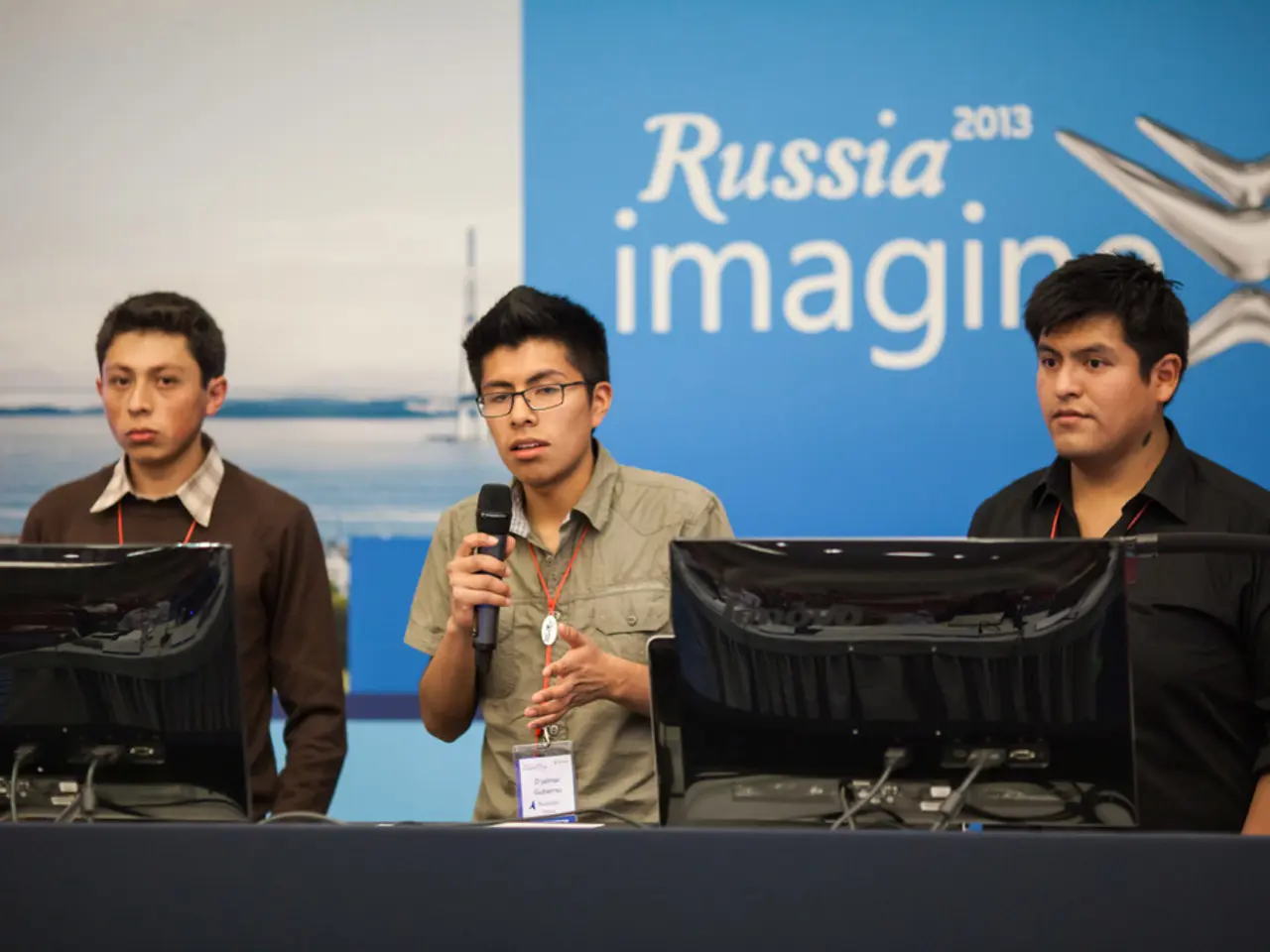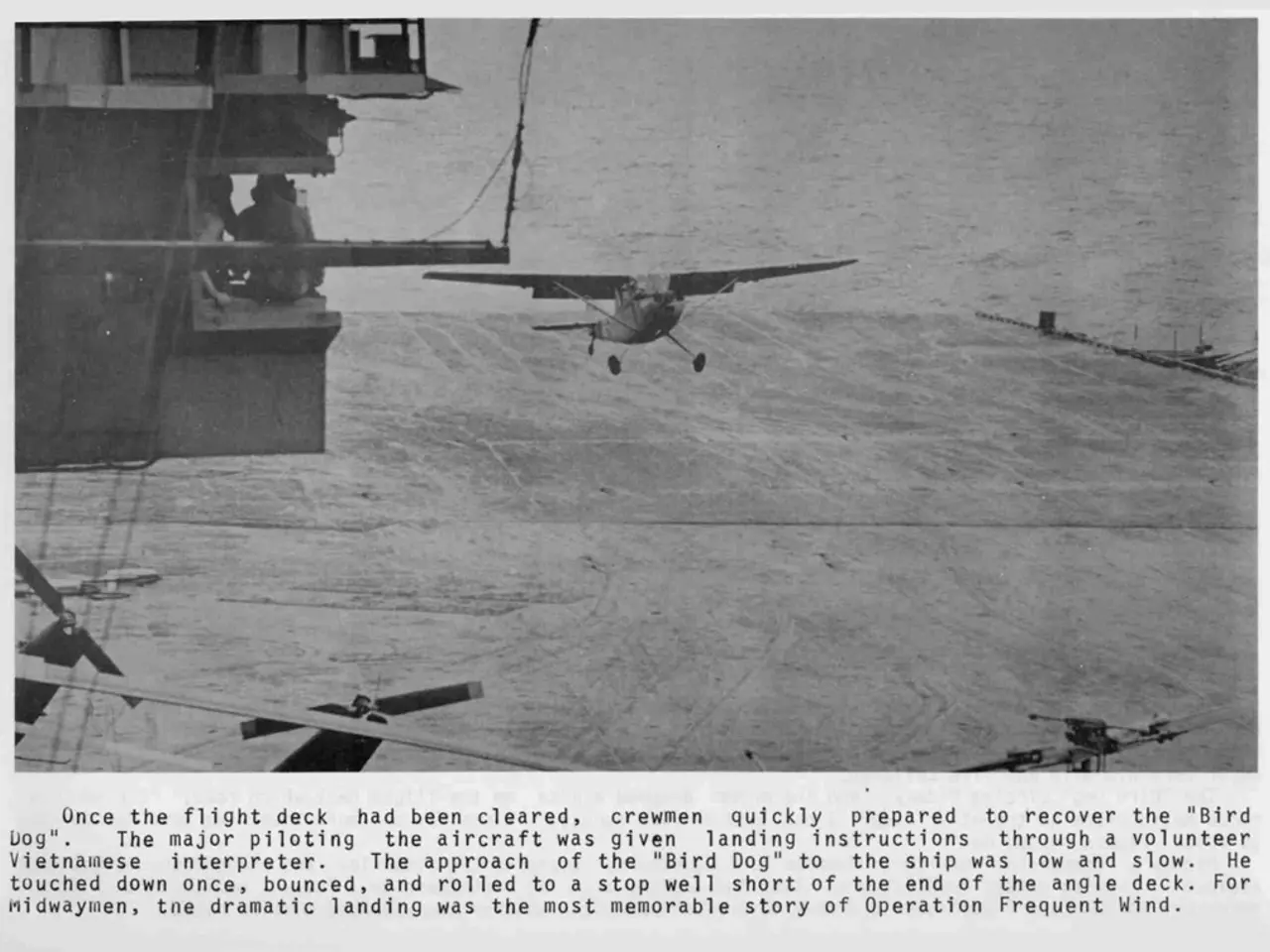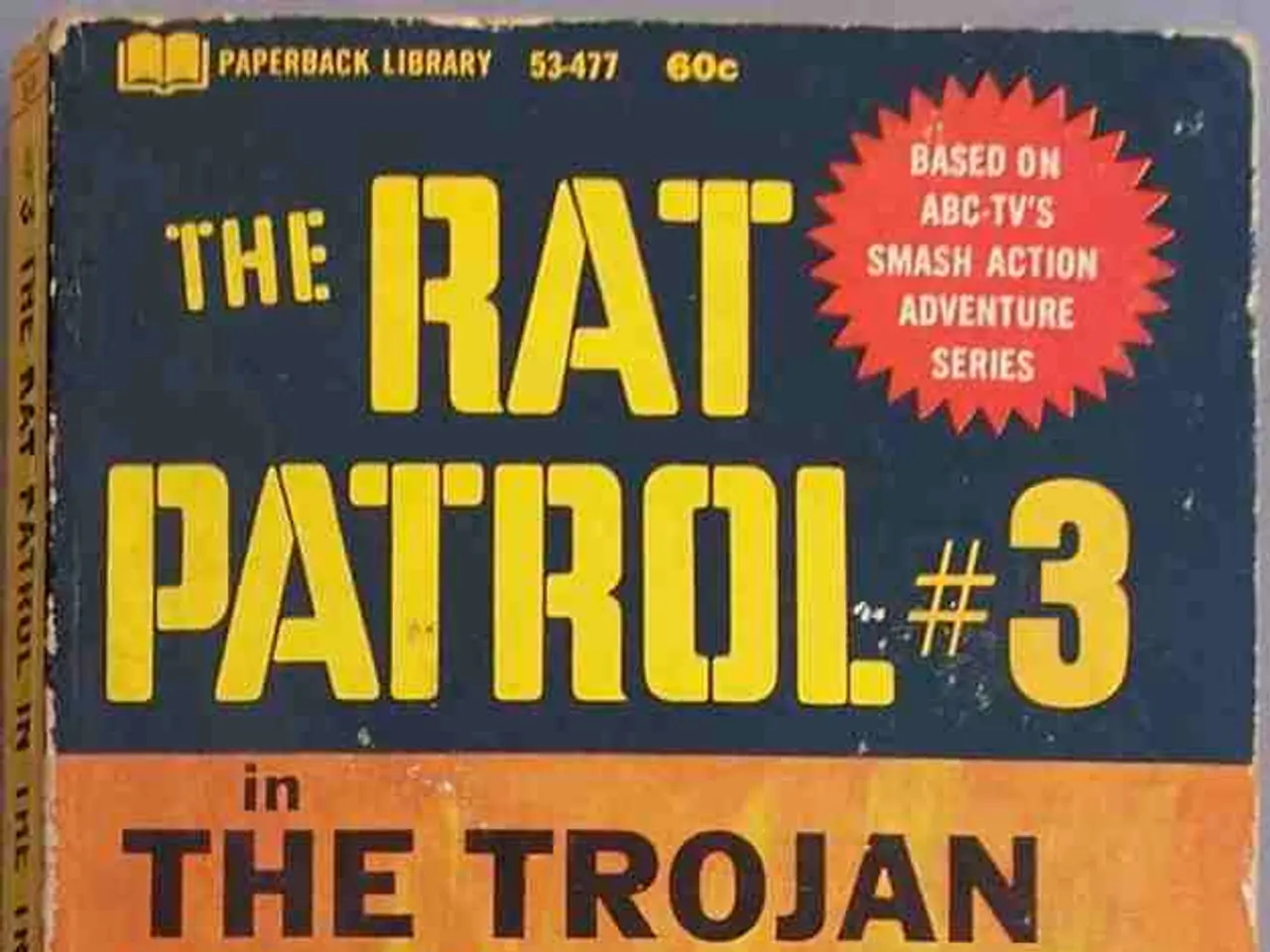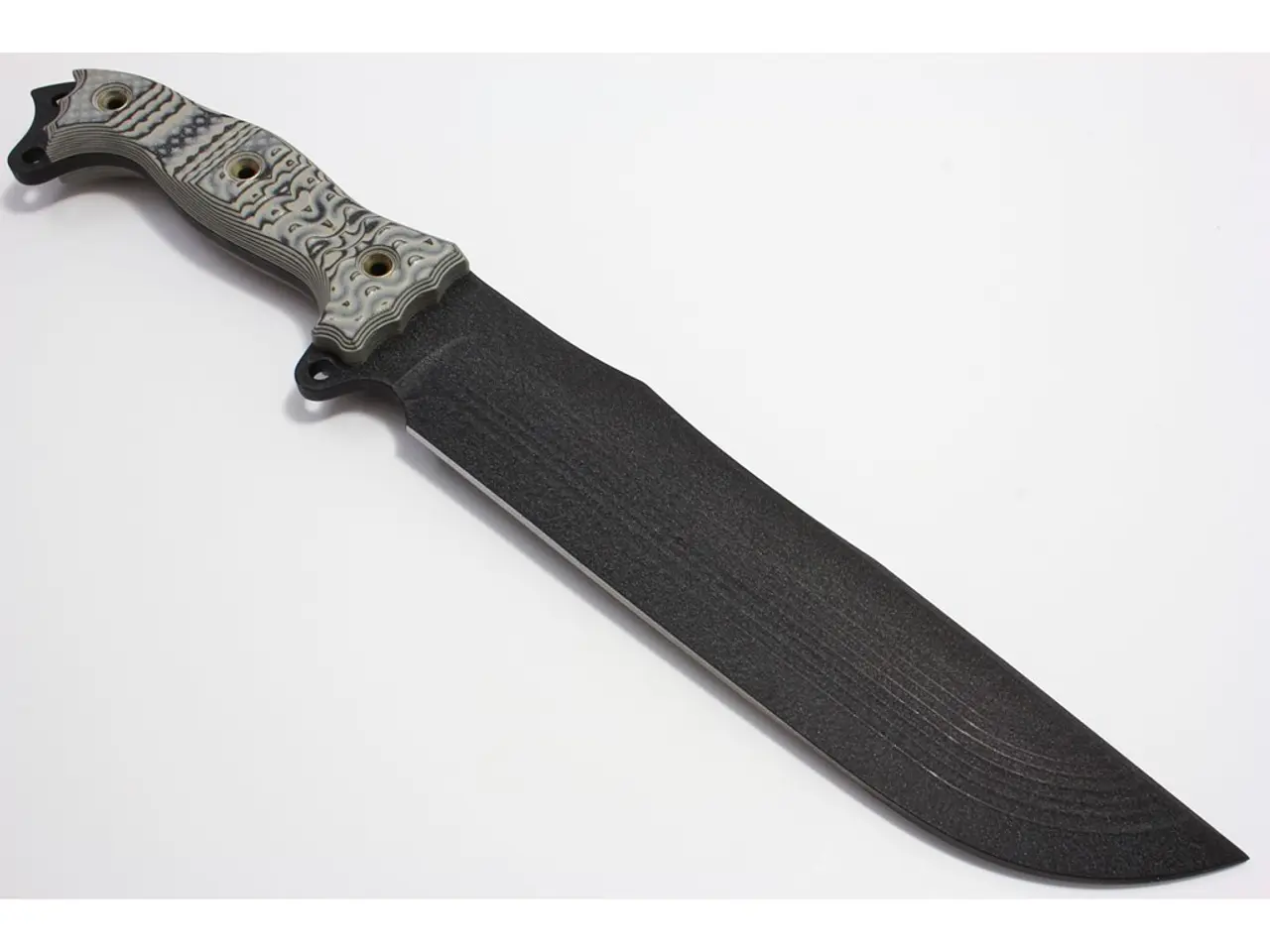Russia allegedly reports reinforcement of drone attacks on Kyiv, while Ukraine claims successful strike on a Russian air base.
In the ongoing conflict between Russia and Ukraine, a dramatic shift has been observed since 2024, with drone attacks emerging as a central element of Russia's aerial assault strategy. This transformation marks a profound change in the nature of the conflict.
The surge in drone strikes on Ukraine reached unprecedented levels in 2025. By mid-year, monthly drone strikes surpassed 2,000, nearly doubling from about 1,200 in December 2024 to over 2,400 in May 2025. The record-breaking month was June 2025, which saw an astounding 5,438 drones deployed, representing a 16-fold increase compared to June 2024[1][3].
The drones used in these attacks include Iranian-made Shahed drones, Russian copies called Gerans, and newer models such as the Garpiya-A1, which incorporate Chinese components[3]. Russian drone production has significantly scaled up, with estimates suggesting about 5,000 drones can be manufactured monthly to sustain these high-frequency attacks[1].
These intensified aerial assaults have caused hundreds of deaths monthly, including many civilian casualties, and widespread damage to Ukrainian cities such as Kyiv[1]. Single-day drone attacks have reached unprecedented levels, with examples like June 17, 2025, when 440 drones were launched, and June 29, 2025, with 477 drones in one day—the largest aerial attacks since the full-scale invasion began[3].
Ukraine has significantly enhanced its air defense capabilities, managing to intercept a large portion of incoming drones and missiles—over 23,000 drones and thousands of cruise and ballistic missiles intercepted by mid-2025[4]. Ukraine is also employing drones offensively, as seen in "Operation Spiderweb," which successfully destroyed a significant number of Russian aircraft and missile carriers using drones disguised in civilian vehicles[2].
The increased drone attacks correlate with stalled cease-fire talks, as Russia has used the diplomatic deadlock period to intensify its attacks[1]. The discussion between Zelensky and Trump focused on strengthening Ukrainian air defenses, potential joint weapons production, and broader US-led efforts to end the war with Russia[5].
In response to these attacks, Ukraine's main European backers are considering how they can help pick up the slack in military aid. Plans are being made to build up Ukraine's domestic arms industry, but scaling up will take time[6]. The US has paused some shipments of military aid to Ukraine, including crucial air defense missiles[7].
Such attacks on Russian air bases aim to dent Russia's military capability and demonstrate Ukraine's capability to hit high-value targets in Russia. For instance, Ukraine claimed to have struck the Borisoglebsk air base in Russia's Voronezh region on Saturday[8]. However, Russian officials did not immediately comment on the attack.
Despite these challenges, Ukraine continues to show resilience in the face of these escalating drone attacks, demonstrating a commitment to protecting its territory and its people. The conflict remains a significant geopolitical concern, with ongoing efforts to find a peaceful resolution.
The escalating drone attacks in the war-and-conflicts between Russia and Ukraine, coupled with stalled cease-fire talks, indicate a politically charged landscape, as both parties continue to employ general-news headlines to assert dominance. The drone strikes, which have caused mass civilian casualties and widespread destruction, have led to Ukraine's main European backers considering increased military aid and strengthening domestic arms production to counter Russia's aggressive aerial assault strategy.








